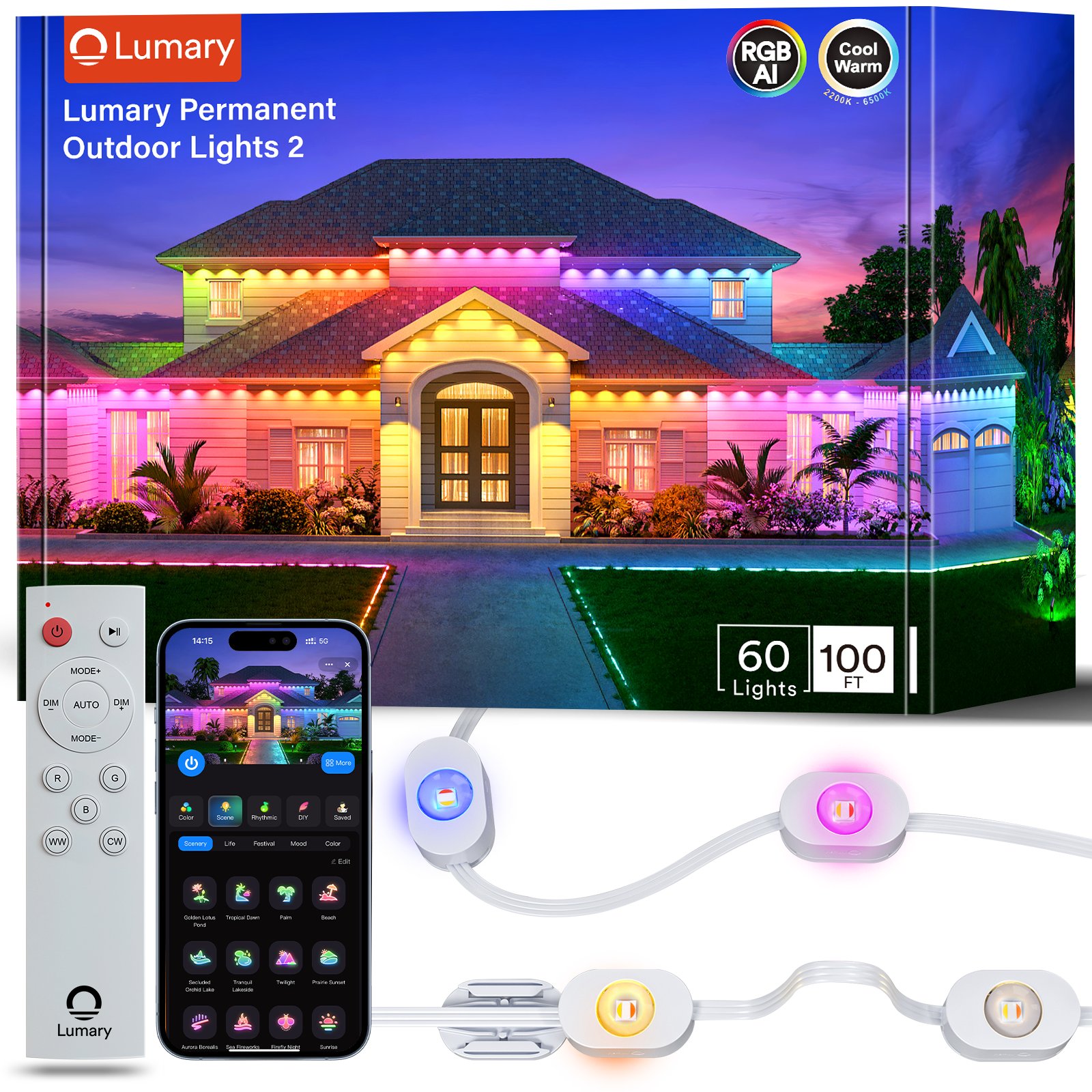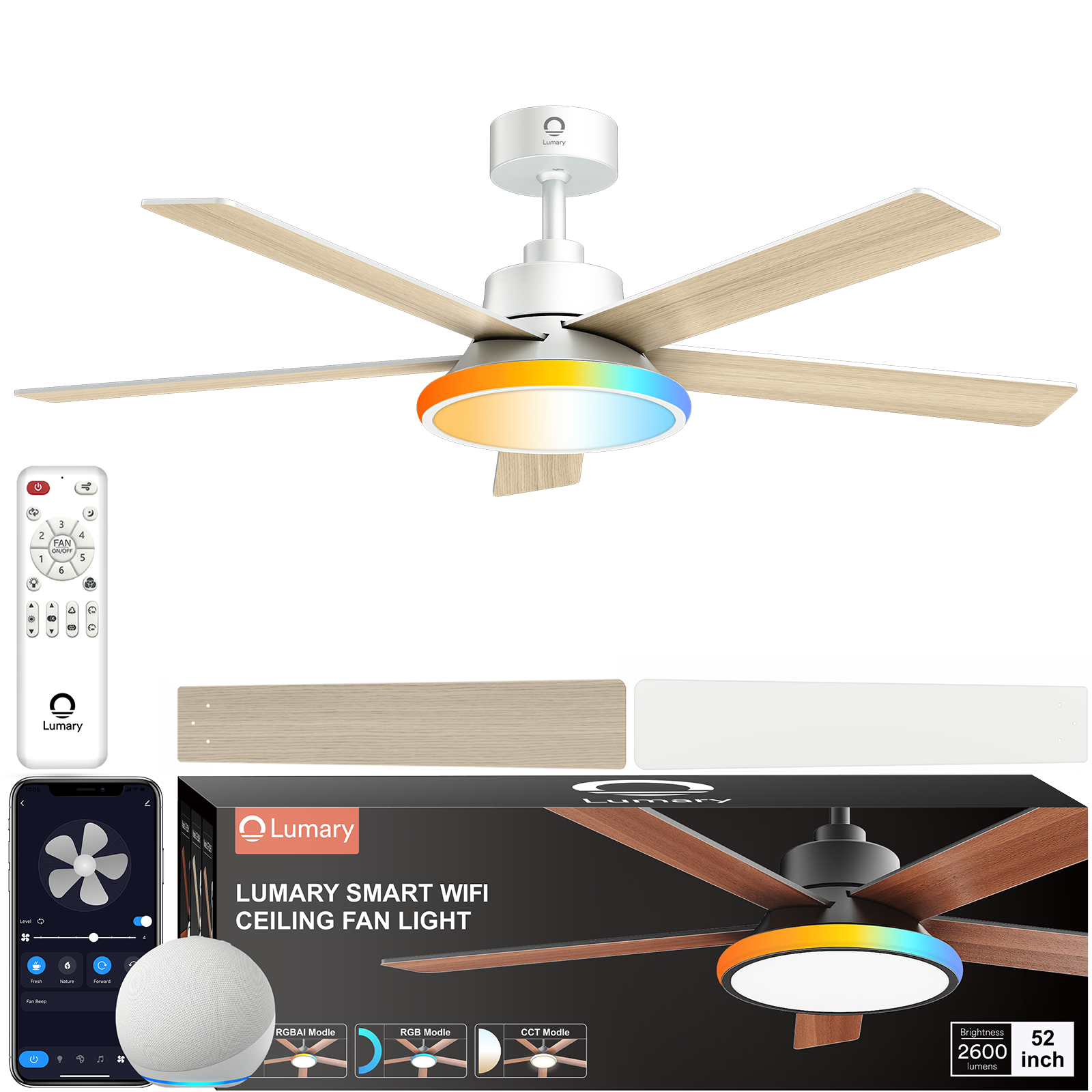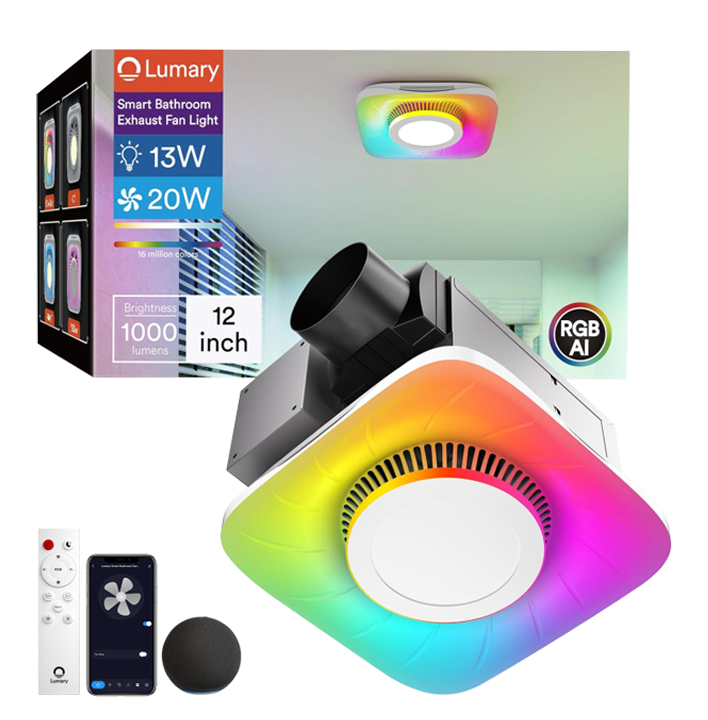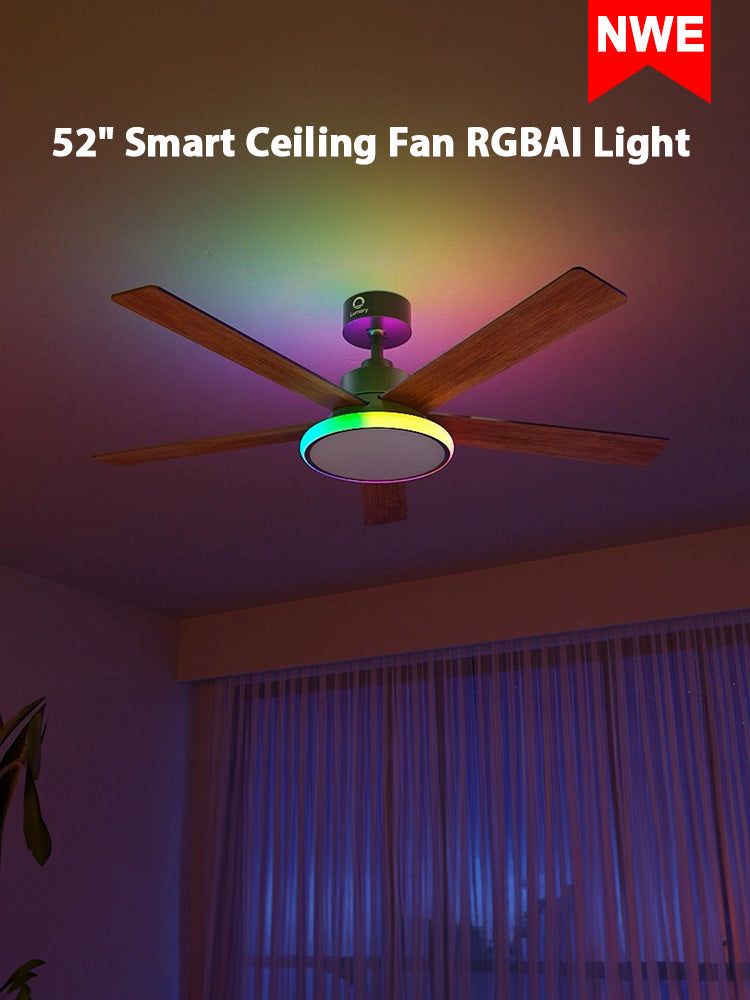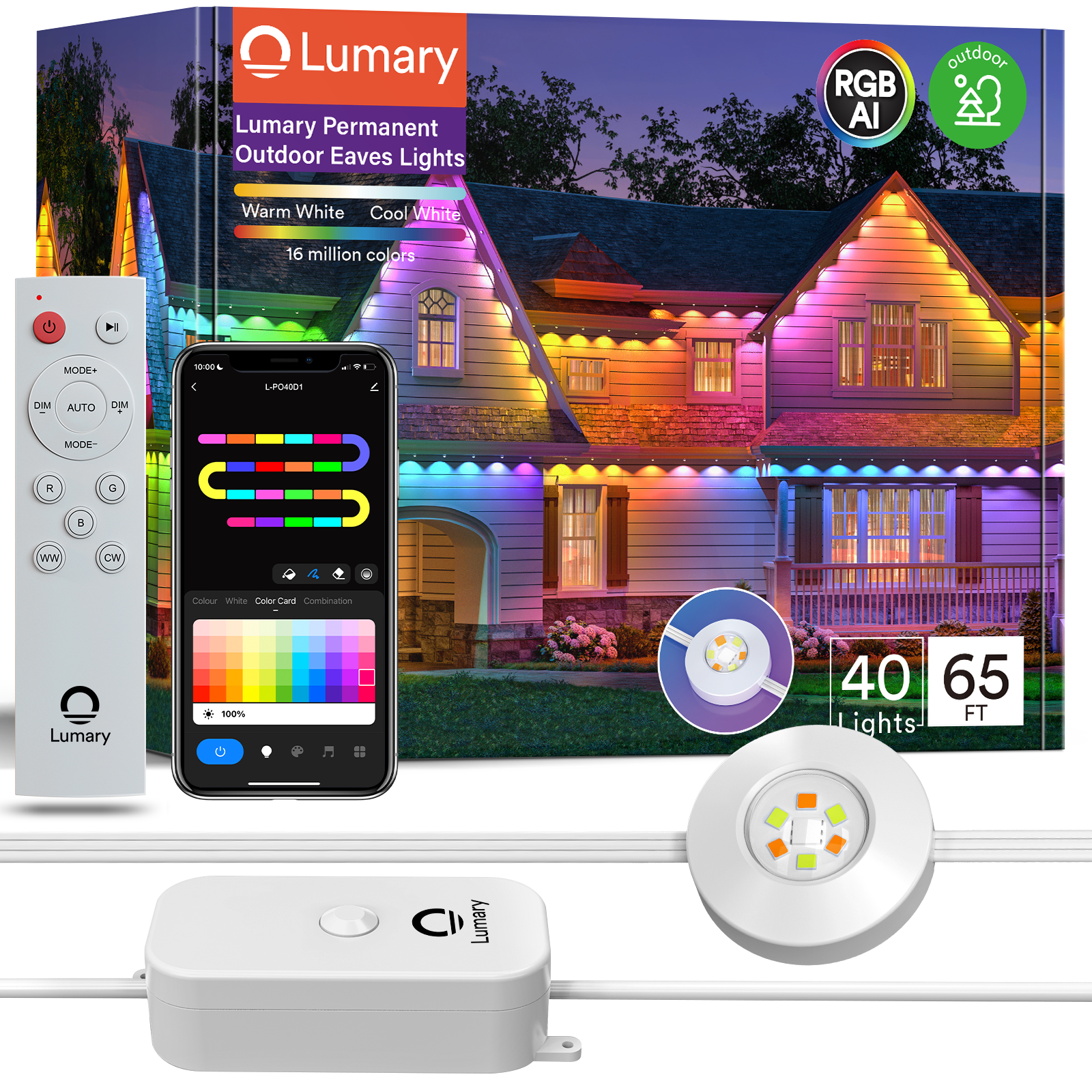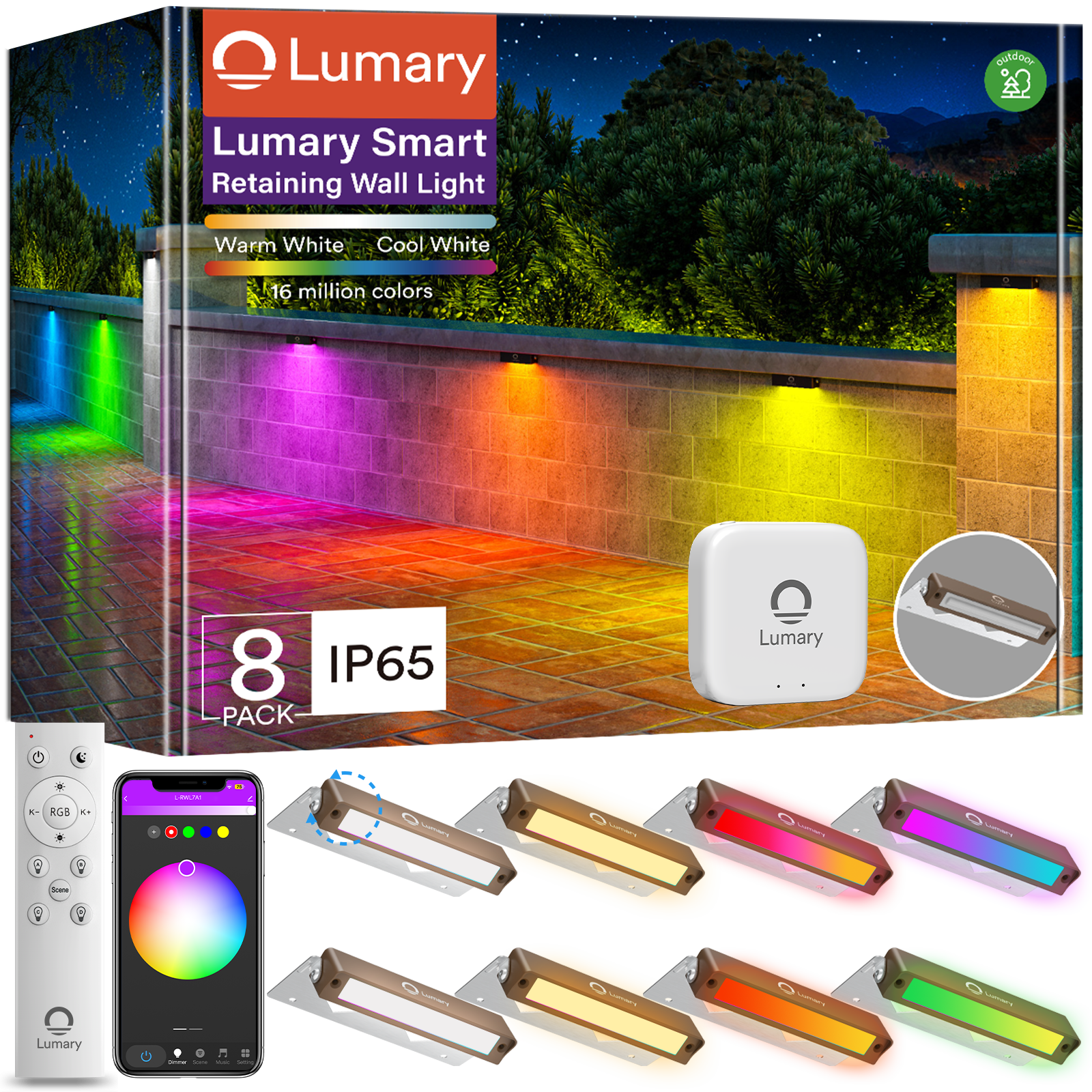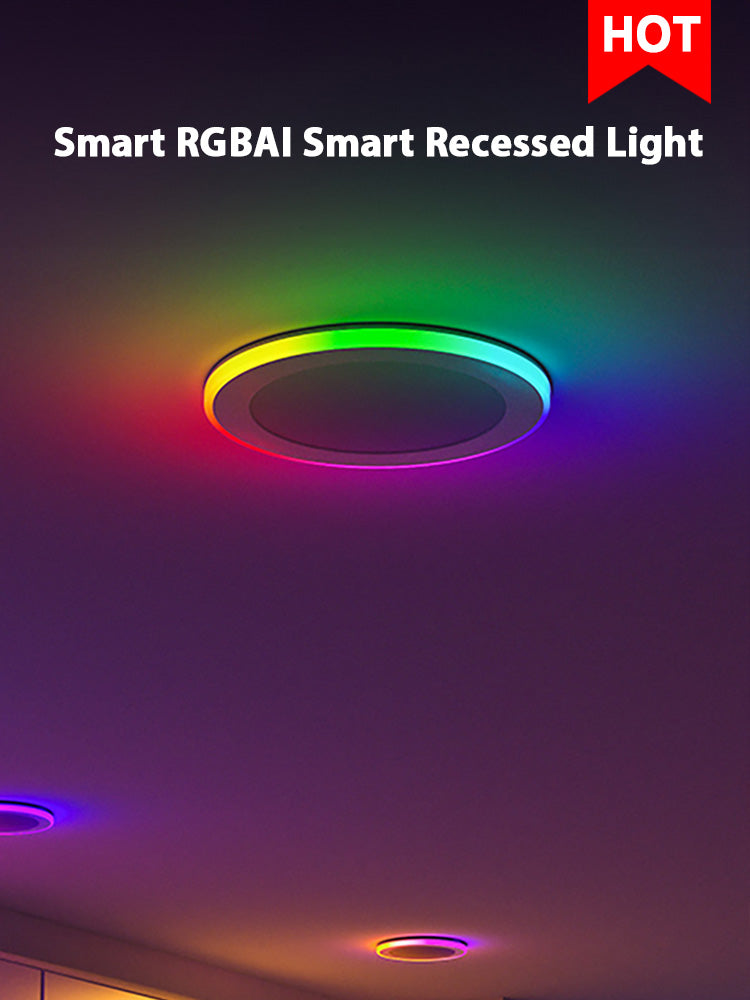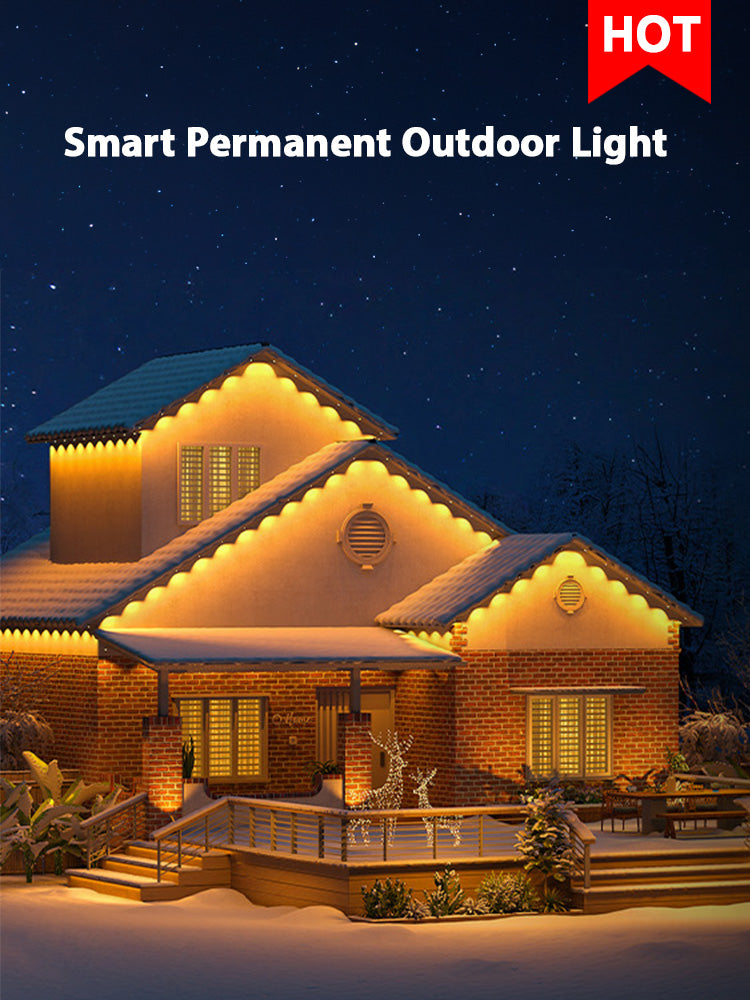Choosing the right ledlights can transform your space. Whether it’s your home or office, proper lighting improves comfort, mood, and productivity. Ledlights offer incredible energy savings—up to 90% compared to traditional bulbs. They also provide optimal brightness and color temperature, which can reduce eyestrain and boost focus. Studies show that tailored lighting enhances job satisfaction and performance. With so many benefits, led lights are a smart choice for creating a welcoming and efficient environment.
Key Takeaways

-
Focus on lumens, not watts, when choosing LED lights to ensure you get the right brightness while saving energy.
-
Select the appropriate color temperature for each room: warm light (2700K-3000K) for relaxation and cool light (4000K-5000K) for productivity.
-
Invest in high-quality LED lights for better performance and longevity, as they can last up to 50,000 hours and save you money on energy bills.
-
Ensure compatibility of LED lights with existing fixtures and dimmers to avoid issues like flickering and reduced lifespan.
-
Consider smart LED options for added convenience, allowing you to control lighting remotely and customize settings to fit your lifestyle.
Brightness and Lumens for LEDLights
Understanding Lumens
Why lumens are more important than watts for LED lights.
When choosing LED lights, you might think about watts, but lumens are what really matter. Lumens measure the actual light output, while watts only show how much energy the bulb uses. With LED lighting, a low-watt bulb can produce the same brightness as a high-watt traditional bulb. For example, a 10-watt LED can shine as brightly as a 60-watt incandescent bulb. So, focusing on lumens ensures you get the right brightness without wasting energy.
How to calculate the right lumens for different spaces.
To figure out how many lumens you need, start with the size of your room. Multiply the square footage by the recommended foot-candles (a measure of light intensity). For instance, a 12' × 16' kitchen (192 sq. ft.) with general lighting requiring 40 foot-candles would need about 7,680 lumens. This calculation helps you create a well-lit space tailored to your needs.
Recommended Brightness Levels
Ideal lumens for living rooms, bedrooms, and kitchens.
Different rooms need different levels of brightness. Here’s a quick guide:
|
Room |
Foot-candles Needed |
|---|---|
|
Living Room |
10-20 |
|
Kitchen: General |
30-40 |
|
Kitchen: Stove |
70-80 |
|
Kitchen: Sink |
70-80 |
For cozy spaces like living rooms, aim for softer lighting. Kitchens, however, need brighter lights, especially around work areas like the stove and sink.
Optimal brightness for office spaces and workstations.
In your office, the right brightness can boost focus and reduce eye strain. For general tasks, aim for 300-500 lux. For detailed work like reading or writing, increase it to 500-750 lux. Proper lighting not only enhances productivity but also keeps your eyes comfortable throughout the day.
Color Temperature in LEDLights
Warm Light vs. Cool Light
What is color temperature, and how is it measured in Kelvin (K)?
When you hear "color temperature," it refers to the warmth or coolness of a light source. This is measured on the Kelvin (K) scale. Lower Kelvin values, like 2700K, give off a warm, yellowish-orange glow. Higher values, such as 5000K, produce a cooler, bluish-white light. LED lights typically range from 2200K to 6500K, offering plenty of options to suit your needs.
Warm light (2700K-3000K) for relaxation and cozy spaces.
Warm light creates a calming and inviting atmosphere. It’s perfect for spaces where you want to relax, like living rooms or bedrooms. A bulb with a color temperature between 2700K and 3000K mimics the soft glow of a sunset, helping you unwind after a long day. Studies show that warm light can even improve your mood by making a space feel cozier.
Cool light (4000K-5000K) for focus and productivity.
Cool light, on the other hand, is ideal for areas where you need to stay alert and focused. With a color temperature between 4000K and 5000K, this type of light mimics daylight, making it great for offices, kitchens, or study areas. It enhances visibility and helps you stay productive by creating a bright and energizing environment.
Choosing the Right Color Temperature
Best color temperatures for home settings.
For your home, it’s all about creating the right vibe in each room. In living rooms and bedrooms, go for warmer temperatures like 2000K to 2700K. These softer tones encourage relaxation and even promote better sleep. Layering your lighting with multiple solutions, such as table lamps and ceiling fixtures, can enhance comfort. For kitchens or bathrooms, a slightly cooler range, around 3000K, works well for tasks while still maintaining a welcoming feel.
Best color temperatures for office environments.
In an office, lighting plays a big role in productivity. A color temperature between 4000K and 5000K is ideal for workspaces. It provides a natural ambiance that keeps you focused without causing eye strain. If you want flexibility, consider colour temperature adjustable led lights. These allow you to switch between warmer and cooler tones, so you can customize the lighting based on your tasks or preferences.
Energy Efficiency and Lifespan of LEDLights
Benefits of Energy-Efficient LED Lights
How LED lights save energy compared to traditional bulbs.
Switching to LED lighting is one of the easiest ways to save energy. Unlike traditional incandescent bulbs, which waste most of their energy as heat, LED lights convert up to 95% of their energy into light. This means they use far less electricity to produce the same brightness. For example, a 16-watt LED bulb can shine as brightly as a 100-watt incandescent bulb while consuming only 140 kWh of energy annually. This translates to significant savings on your electricity bill. Plus, LED bulbs last thousands of hours, so you won’t need to replace them as often, saving you money on maintenance.
Environmental benefits of using LED lights.
LED lights are not just good for your wallet—they’re great for the planet too. They’re up to 80% more efficient than traditional lighting, which reduces overall energy consumption. Unlike fluorescent lights, LEDs contain no toxic elements like mercury, so they’re safer to dispose of. Their long lifespan also means fewer bulbs end up in landfills, cutting down on waste. With better light distribution, you’ll need fewer LEDs to illuminate your space, further reducing your carbon footprint. Choosing LED lighting is a simple way to make your home or office more eco-friendly.
Lifespan of LED Lights
Average lifespan of LED lights and how it impacts cost savings.
LED lights are built to last. While incandescent bulbs typically burn out after about 1,000 hours, LEDs can shine for up to 50,000 hours. That’s 50 times longer! Even halogen bulbs, which last between 1,250 and 2,000 hours, can’t compete. Over time, this durability saves you money on replacements and reduces the hassle of frequent bulb changes. Although LEDs may dim slightly as they age, many exceed their rated lifespan, making them a reliable and cost-effective choice.
|
Lighting Technology |
Average Lifespan (hours) |
|---|---|
|
LED |
20,000 - 60,000 |
|
Incandescent |
1,000 |
|
Halogen |
1,250 - 2,000 |
Tips for maintaining LED lights to maximize their lifespan.
To get the most out of your LED lights, a little care goes a long way. Start by keeping your fixtures clean—dust and dirt can block light and cause overheating. Make sure your LEDs have proper ventilation to prevent heat buildup. Avoid frequent on/off cycling, as it can stress the bulb. Using dimmers or timed switches can also reduce wear and tear. Regularly check for loose connections or damaged parts, and ensure proper installation to avoid unnecessary strain on the fixtures. With these simple steps, you can enjoy bright, energy-efficient lighting for years to come.
Compatibility of LEDLights with Fixtures and Dimmers

Ensuring Compatibility with Existing Fixtures
How to check if LED lights fit your current fixtures.
Before buying LED lights, check if they’re compatible with your existing fixtures. Start by looking at the base type of your current bulbs. Common bases include screw-in (E26 or E27) and pin-based designs. Match the base type of your LED lights to your fixture. Next, confirm the fixture’s wattage limit. LED lights use less power, but exceeding the fixture’s limit can still cause overheating. Finally, consider the size and shape of the bulb. Some fixtures, like recessed or enclosed ones, may not accommodate larger LED bulbs.
Common issues with non-compatible fixtures and how to resolve them.
Using non-compatible fixtures can lead to problems like flickering, buzzing, or even reduced lifespan of your LED lights. If your fixture isn’t designed for LEDs, it might not dissipate heat properly, causing the bulb to overheat. To fix this, switch to LED-compatible fixtures or use bulbs specifically designed for enclosed spaces. For older fixtures, consider upgrading to modern ones that support LED technology. This ensures better performance and energy efficiency.
Using LED Lights with Dimmers
Why not all LED lights are dimmable.
Not all LED lights are dimmable because they require specific internal components to adjust brightness levels. Standard LEDs may flicker or fail when used with dimmer switches. Always check the packaging to see if the LED is labeled as dimmable. This ensures smooth operation and prevents damage to the bulb or dimmer.
How to choose dimmable LED lights and compatible dimmer switches.
Choosing the right dimmable LED lights and dimmer switches can make a big difference in performance. Follow these steps to get it right:
-
Choose dimmable LEDs. Look for bulbs clearly marked as dimmable.
-
Select a compatible dimmer. Modern dimmers designed for LED technology work best.
-
Consult manufacturer guides. Check compatibility charts or ask for expert advice if unsure.
-
Test before installation. Try the setup in a small area to ensure smooth operation.
Understanding these factors helps you avoid flickering or buzzing issues. Compatibility ensures efficient operation and extends the lifespan of your lights. Here’s a quick overview:
|
Factor |
Benefit |
Potential Drawback |
|---|---|---|
|
Heat Reduction |
Extends lifespan |
May not occur if dimmer is incompatible |
|
Energy Savings |
Reduces electricity costs |
None if properly set up |
|
Compatibility |
Ensures efficient operation |
Incompatibility leads to inefficiencies |
By following these tips, you can enjoy the full benefits of dimmable LED lighting without any hassle.
Cost and Budget for LEDLights
Balancing Quality and Affordability
Why cheaper LED lights may not always be the best choice.
When it comes to LED lights, the saying "you get what you pay for" often rings true. Cheaper options might seem like a bargain, but they can fall short in performance and durability. Low-cost LED lights often use smaller chips, which produce less stable and dimmer light. They may also rely on poor-quality materials for heat dissipation, leading to overheating and a shorter lifespan.
Here’s a quick comparison to help you understand the differences:
|
Aspect |
High-Quality LED Lights |
Low-Cost LED Lights |
|---|---|---|
|
LED Chip |
Larger, brighter, more stable |
Smaller, less stable, less light |
|
Heat Dissipation Materials |
Pure aluminum or copper for effective cooling |
Poor quality plastics or aluminum alloys |
|
Lifespan |
Up to 50,000 hours or more |
Less than 10,000 hours |
|
Safety Standards |
Multiple certifications (UL, ETL, etc.) |
Basic certifications only |
Investing in high-quality LED lights ensures better brightness, accurate color rendering, and longer-lasting performance. While the upfront cost might be higher, the benefits far outweigh the drawbacks of cheaper alternatives.
How to evaluate the cost-effectiveness of LED lights.
To determine if an LED light is worth the price, consider its energy efficiency, lifespan, and maintenance needs. High-quality LEDs often have a higher initial cost but save you money in the long run through reduced energy bills and fewer replacements. Look for certifications like UL or ETL, which guarantee safety and performance. Also, check the lumens-to-watt ratio to ensure you’re getting maximum brightness for minimal energy use.
Long-Term Savings
Calculating energy savings over time with LED lights.
Switching to LED lighting can lead to significant savings over time. For example, a 10W LED bulb used for 2 hours daily consumes just 7.3 kWh annually. If you have 50 such bulbs, your total usage would be 365 kWh per year. At an average electricity rate of $0.10 per kWh, your annual lighting cost would be $36.50. Compare this to traditional bulbs, and you could save up to $178.50 every year!
To calculate your savings:
-
Find the wattage of your current bulbs.
-
Estimate daily usage hours.
-
Multiply annual usage hours by your electricity rate.
-
Compare the cost of traditional bulbs to LEDs.
This simple calculation shows how LED lights can reduce your energy expenses significantly.
Investing in high-quality LED lights for better performance.
High-quality LED lights offer more than just savings. They last up to 50,000 hours, reducing replacement costs and maintenance time. They also emit minimal heat, which lowers cooling expenses in your home or office. Plus, their durability makes them ideal for harsh environments. By choosing premium LEDs, you’re not just saving money—you’re investing in better performance, safety, and sustainability.
|
Benefit |
Description |
|---|---|
|
Energy Savings |
LEDs use 25% to 80% less energy than traditional lighting, cutting costs significantly. |
|
Longevity |
With a lifespan of 50,000 hours, they last much longer than CFLs or halogen bulbs. |
|
Reduced Heat Output |
Minimal heat emission reduces strain on cooling systems. |
|
Lower Total Cost of Ownership |
Fewer replacements and maintenance hours lower overall costs. |
Switching to high-quality LED lights is a smart move for your wallet and the environment. You’ll enjoy brighter, more efficient lighting while reducing your carbon footprint.
Special Features of LEDLights
Smart Lighting Options
Benefits of smart LED lights for home and office use.
Smart LED lights bring convenience and innovation to your space. They let you control your lighting with ease, whether you're at home or in the office. Imagine adjusting your lights without even getting up—smart features make that possible. These lights offer several benefits:
-
Voice Control: You can adjust lighting with simple voice commands using devices like Alexa or Google Assistant.
-
Remote Access: Manage your lights from anywhere using a smartphone app.
-
Customizable Schedules: Set personalized schedules to turn lights on or off automatically.
-
Motion Sensor Lighting: Lights turn on or off based on movement, saving energy and adding security.
These features make your daily routines smoother and more efficient. For example, voice control allows hands-free operation, so you can adjust lighting while cooking or working. Scheduling ensures your lights align with your lifestyle, reducing energy waste. Smart LED lights are perfect for creating a modern, connected environment.
Features like voice control, scheduling, and automation.
Smart LED lights go beyond basic functionality. They offer advanced features that enhance your experience:
-
Voice control lets you adjust brightness or color without lifting a finger.
-
Scheduling automates lighting adjustments, ensuring your lights match your daily routine.
-
Automation integrates with other smart devices, creating a seamless smart home or office setup.
These features provide unmatched convenience and energy efficiency. Whether you're setting the mood for a movie night or ensuring your office lights turn off after hours, smart LED lights adapt to your preferences effortlessly.
Dimmable and Tunable LED Lights
How dimmable lights enhance ambiance and energy savings.
Dimmable LED lights give you control over brightness levels, letting you create the perfect ambiance for any occasion. Whether you're hosting a dinner party or relaxing with a book, adjustable lighting sets the mood. Here’s why dimmable lights are a great choice:
-
They reduce energy consumption by lowering light intensity when full brightness isn’t needed.
-
Lower brightness levels produce less heat, keeping your space comfortable and cutting cooling costs.
-
Dimming extends bulb lifespan by reducing electrical stress, saving you money on replacements.
Modern dimmer switches ensure smooth transitions and prevent flickering, making dimmable LEDs a reliable option. With their adjustability, you can customize your lighting to suit your preferences while saving energy.
Tunable white lights for adjustable color temperature.
Tunable white lights take adjustability to the next level. They let you change the color temperature to match your needs throughout the day. Here’s how they work:
-
These lights use LEDs of different color temperatures, allowing real-time adjustments.
-
You can choose warm tones for relaxation or cool tones for focus.
-
They help maintain natural circadian rhythms by adjusting light temperature as the day progresses.
For example, start your morning with cool, energizing light and switch to warm, calming tones in the evening. Tunable white lights offer unmatched flexibility, ensuring your lighting adapts to your activities and preferences.
Choosing the best LED lights doesn’t have to be overwhelming. Focus on key factors like brightness, color temperature, and energy efficiency to match your needs. For your home, warm white lights (2700K-3000K) create a cozy ambiance, while dimmable options let you set the perfect mood. In offices, cool white lights (4000K-5000K) enhance focus and productivity. High-quality LEDs save money in the long run and offer advanced features like smart controls. By investing in the right lighting, you’ll enjoy a comfortable, efficient, and modern space tailored to your lifestyle.
FAQ
What makes LED lights suitable for both residential and commercial applications?
LED lights are versatile and energy-efficient, making them perfect for homes and businesses. They offer various brightness levels, color temperatures, and designs to suit different needs. Whether you need cozy lighting for your living room or bright, focused light for an office, LEDs deliver.
How do I choose the right light bulb for my space?
Start by considering the room’s purpose. For relaxation, go with warm light. For tasks, pick cool light. Check the lumens for brightness and ensure compatibility with your fixtures. Selecting the appropriate color temperature is key to creating the right ambiance.
Are LED lights cost-effective for long-term use?
Yes, they are! LED lights consume less energy and last much longer than traditional bulbs. This reduces your electricity bills and replacement costs. Their durability and efficiency make them a smart investment for both residential and commercial spaces.
Why is selecting the appropriate color temperature important?
Color temperature affects mood and productivity. Warm light (2700K-3000K) creates a relaxing atmosphere, while cool light (4000K-5000K) boosts focus. Choosing the right temperature ensures your lighting matches the activity, whether it’s unwinding at home or working in a business setting.
Can LED lights be used in outdoor settings?
Absolutely! Many LED lights are designed for outdoor use. Look for durable, waterproof options with features like adjustable brightness and color-changing modes. These lights work well for gardens, patios, and other outdoor spaces, enhancing both functionality and aesthetics.

